Nature is brimming with extraordinary creatures whose building skills can leave even the most accomplished human engineers in awe.
From intricate underground cities to gravity-defying nests, animals across the globe use a blend of instinct and remarkable ingenuity to craft homes, traps, and shelters.
These constructions serve not only as protection and nurseries but also as elaborate hunting tools and social hubs.
As we explore these animal architects, you’ll discover the inventive techniques and evolutionary brilliance behind their creations—each revealing a new layer of wonder in the natural world.
1. Beaver
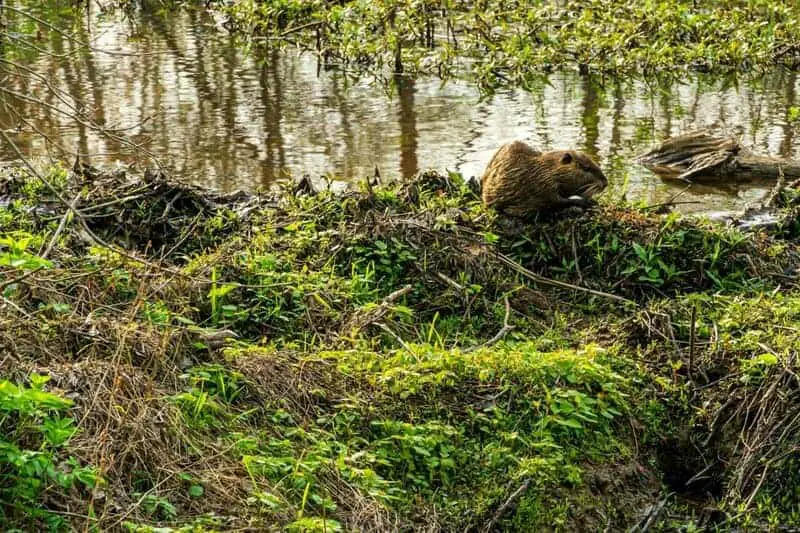
Beavers are legendary for their engineering prowess, building intricate dams and sturdy lodges with impressive precision. Using branches, mud, and stones, these industrious mammals reshape entire landscapes, forming wetlands that provide crucial habitats for countless other species.
Their dams are so effective at controlling water flow that they’ve inspired human water management projects.
Not only do beaver constructions prevent floods and improve water quality, but they also demonstrate a natural efficiency in resource use and design.
Learn more about beavers at National Geographic.
2. Termite
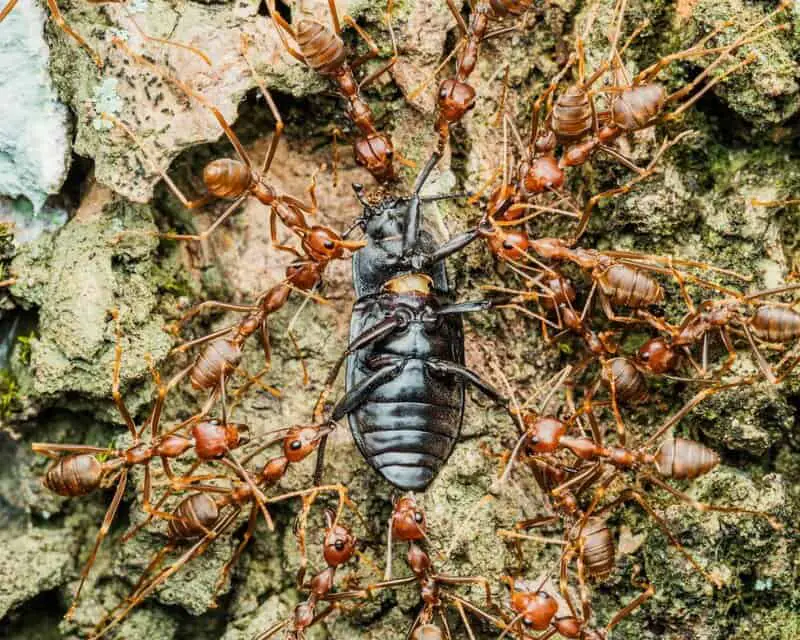
Termites are master builders, constructing towering mounds that can reach several meters in height.
These impressive structures boast sophisticated ventilation and temperature regulation systems, enabling an optimal environment inside regardless of external conditions.
The collective ingenuity of termites has inspired eco-friendly human architecture, particularly for natural cooling solutions.
Termite mounds stand as striking examples of teamwork and precision in the animal kingdom.
Read more at Smithsonian Magazine.
3. Weaverbird
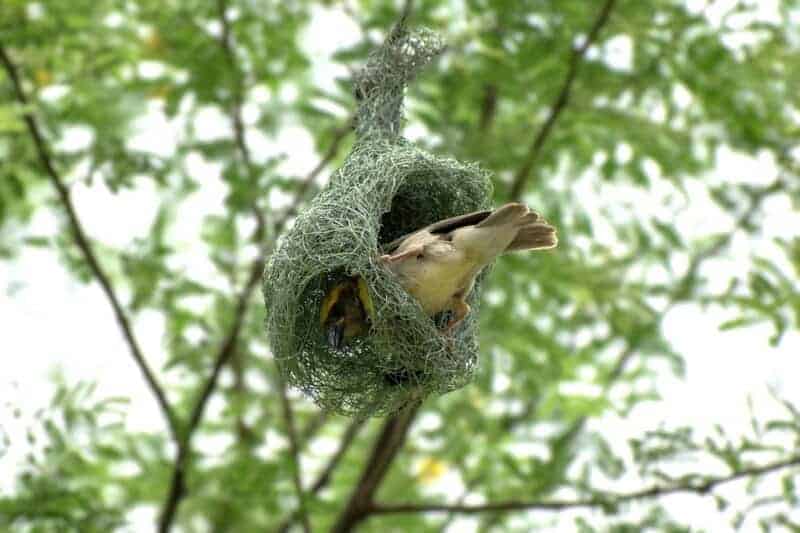
Weaverbirds are famed for their artistic nest-building skills, creating intricate hanging nests from grasses and twigs.
These avian architects weave their materials into complex balls or baskets, displaying an astonishing level of precision and strength—sometimes even outdoing human textile craftsmanship.
Each species of weaverbird has its own distinctive weaving style and nest design, resulting in a stunning array of shapes and patterns.
Discover more about weaverbirds’ nests at Audubon.
4. Honeybee
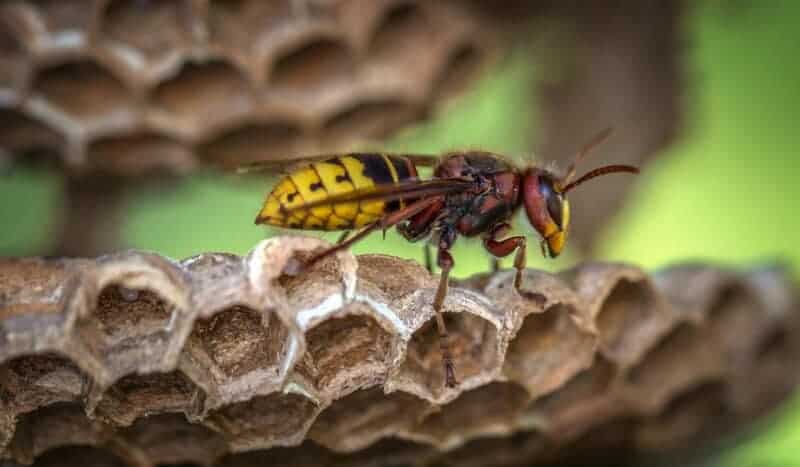
Honeybees are celebrated for their flawlessly engineered hexagonal honeycombs.
Each cell is a marvel of geometric efficiency, providing maximum storage capacity while using the least amount of wax possible.
This design has inspired both mathematicians and engineers who study its strength and practicality.
Working together, entire bee colonies build and maintain these intricate structures, ensuring the hive’s survival and success.
Explore more at BBC Earth.
5. Ant
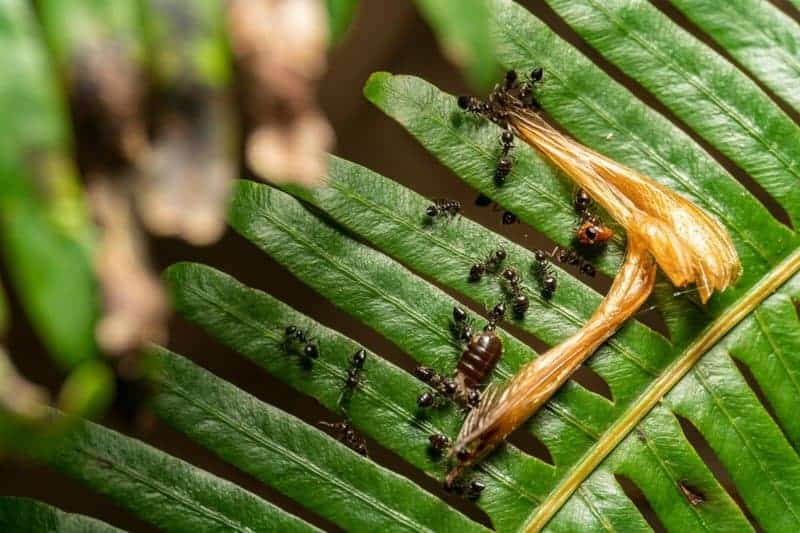
Ants are extraordinary architects, building complex underground colonies that feature elaborate networks of tunnels, chambers, and ventilation systems.
Some species, like leafcutter ants, even cultivate fungus in specialized subterranean gardens, showcasing an additional layer of ingenuity.
These colonies function much like human cities, with distinct areas for nurseries, food storage, and specialized tasks.
The collective organization and efficiency of ant society make their construction feats truly remarkable.
Discover more about ant architecture at Scientific American.
6. Bowerbird
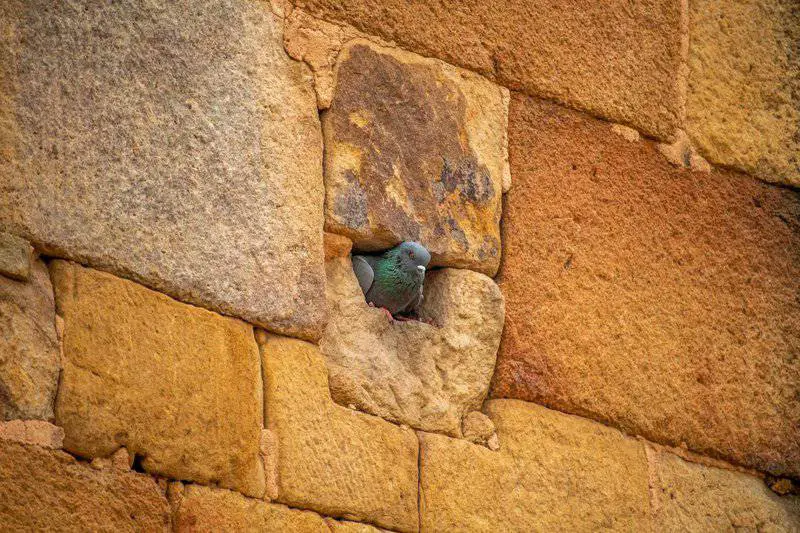
Male bowerbirds are renowned for their exceptional artistic flair in constructing bowers—elaborate structures made from sticks and adorned with vibrant objects such as flowers, berries, and even bits of plastic.
Their meticulous attention to symmetry and visual appeal rivals human art installations, as each bower is carefully designed to impress potential mates.
Interestingly, every bowerbird species showcases its own distinct architectural style and preferred decorations, making their displays as diverse as they are captivating.
Learn more at the Australian Museum.
7. Mud Dauber Wasp

Mud dauber wasps are skilled builders, crafting tubular nests from mud with impressive precision.
Often choosing sheltered spots, these wasps carefully plan each nest to ensure the safety of their developing larvae.
The resulting structures can even resemble miniature pottery, highlighting the wasps’ architectural talents and resourcefulness.
Read more about mud dauber wasps at PestWorld.
8. Coral Polyp

Coral polyps are tiny marine architects responsible for building the immense coral reefs found in oceans worldwide.
By secreting calcium carbonate, these small animals gradually create structures that can rival the size and complexity of the world’s largest cities.
Coral reefs not only shape the seascape but also provide essential habitats for an incredible diversity of marine life, serving as the backbone of ocean ecosystems.
Discover more about coral polyps at NOAA.
9. Sociable Weaver
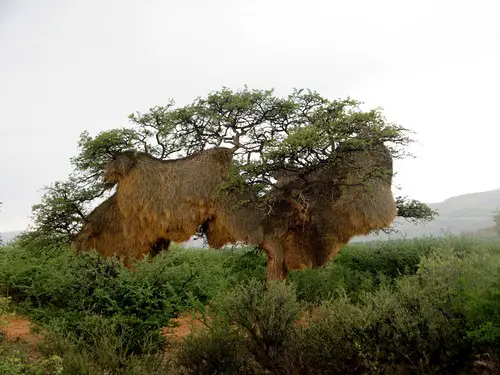
Sociable weavers are renowned for their enormous communal nests, which can accommodate hundreds of birds and persist for decades.
These intricate nests are often built high in trees or on utility poles, cleverly designed to maintain stable internal temperatures and shield residents from predators.
The impressive scale and communal construction of these nests closely resemble human apartment complexes, reflecting both practicality and social cooperation.
Learn more about sociable weavers at BBC.
10. Trapdoor Spider
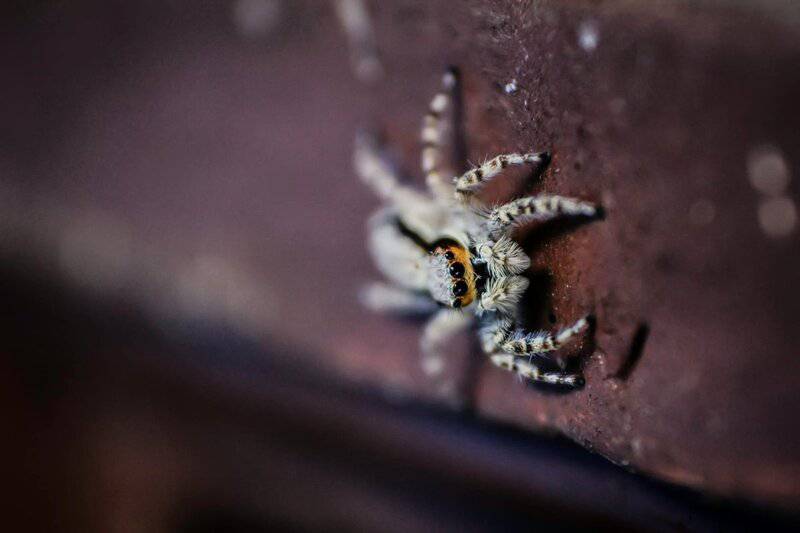
Trapdoor spiders are ingenious burrow builders, crafting camouflaged, hinged doors from soil, silk, and leaves.
These expertly engineered entrances serve as both safe havens and hidden platforms for ambushing unsuspecting prey.
The precision and craftsmanship in creating these functional trapdoors highlight the spider’s remarkable survival strategy and architectural skill.
Discover more about trapdoor spiders at National Geographic.
11. Paper Wasp
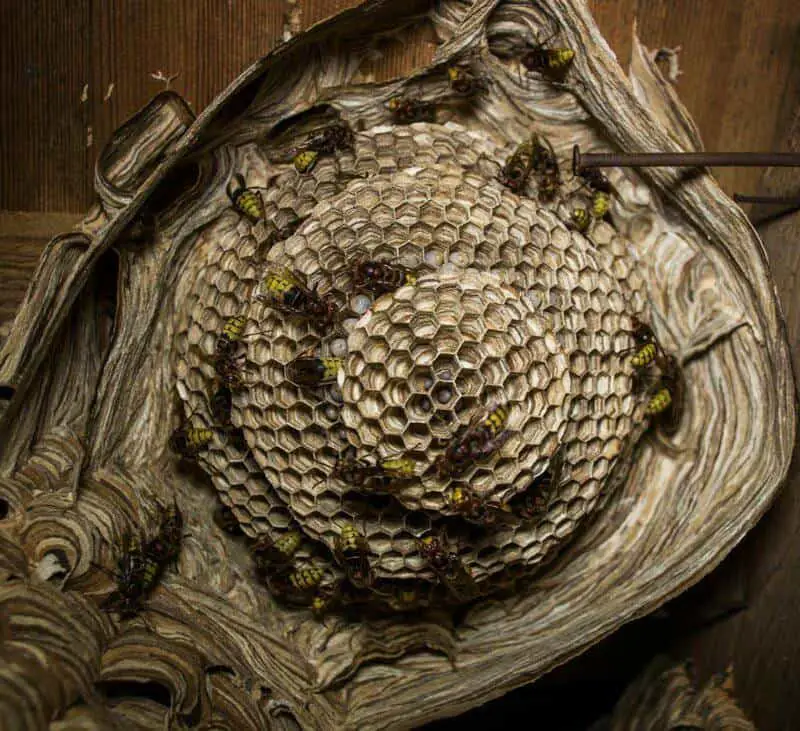
Paper wasps are skilled at crafting umbrella-shaped nests using chewed plant fibers blended with saliva, creating a unique papery substance.
These nests, built through communal effort, display meticulous layering and structural integrity, often drawing comparisons to human paper-mâché art.
The wasps’ ingenuity and teamwork ensure a safe, functional home for their colony.
Learn more about paper wasps at Smithsonian.
12. Leafcutter Bee
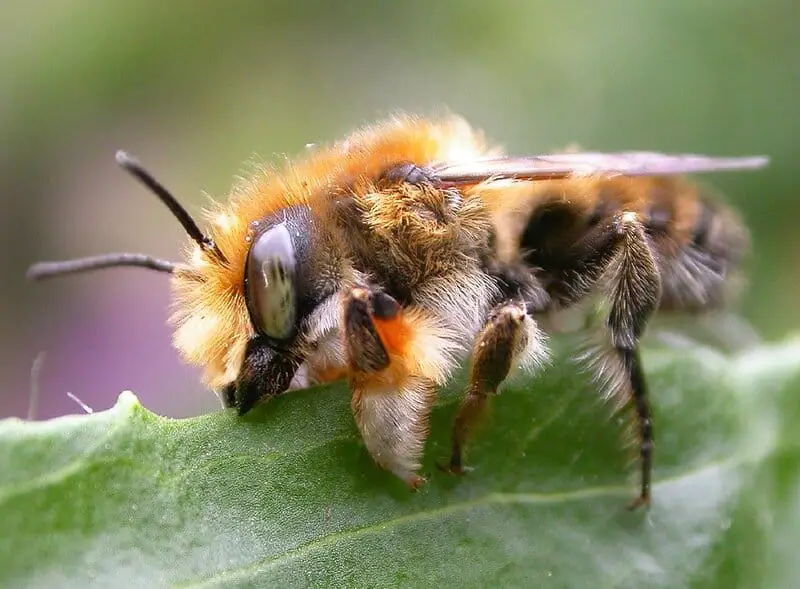
Leafcutter bees are masterful builders, carefully cutting precise pieces from leaves to line their brood cells.
They typically construct their nests in pre-existing cavities, such as hollow stems or wood holes.
Each brood cell is meticulously crafted to cradle a single offspring, showcasing both efficiency and remarkable attention to detail.
The result is a series of perfectly tailored, leaf-lined chambers.
Read more about leafcutter bees at the USDA Forest Service.
13. Caddisfly Larva
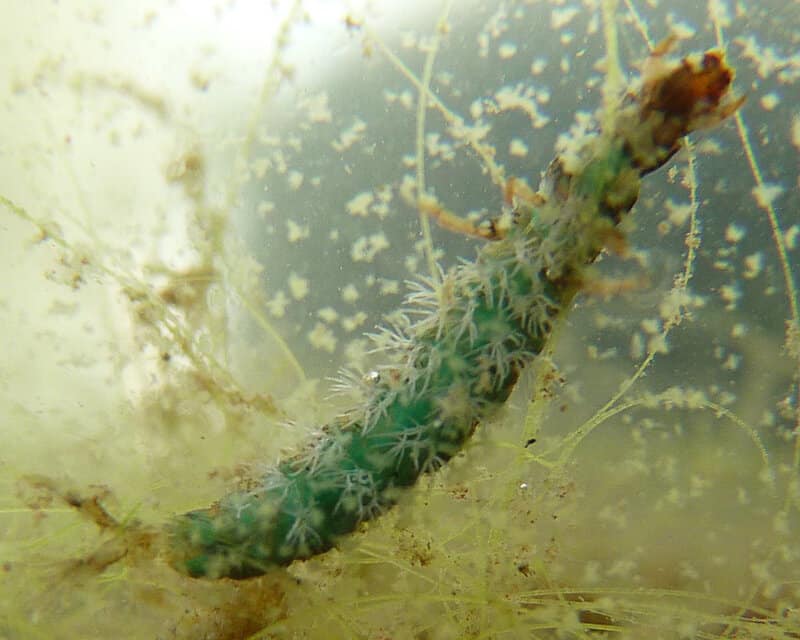
Caddisfly larvae are ingenious young architects, building portable cases from sand, small pebbles, and bits of plant material, all expertly glued together with silk.
These custom-made cases offer vital protection against predators and environmental threats, allowing the larvae to thrive in diverse habitats.
Their resourceful use of whatever materials are at hand serves as a true model of adaptive engineering in nature.
Discover more about caddisfly larvae at Discover Magazine.
14. Ovenbird

Ovenbirds, particularly the Rufous Hornero, showcase remarkable masonry by building domed clay nests that closely resemble traditional ovens.
These sturdy, well-insulated structures provide excellent protection from harsh weather and predators, ensuring a safe haven for their young.
The combination of design and durability in ovenbird nests highlights their impressive skills as natural builders.
Learn more about ovenbird architecture at BirdLife International.
15. Compass Termite

Compass termites are renowned for constructing wedge-shaped mounds that align precisely north to south.
This architectural orientation is more than just striking—it’s a brilliant adaptation for temperature control, allowing efficient thermal management in the extreme conditions of the Australian outback.
Their instinctive alignment helps maintain a stable environment inside the mound, a testament to natural engineering.
Explore more about compass termites at CSIRO.
16. Swallow
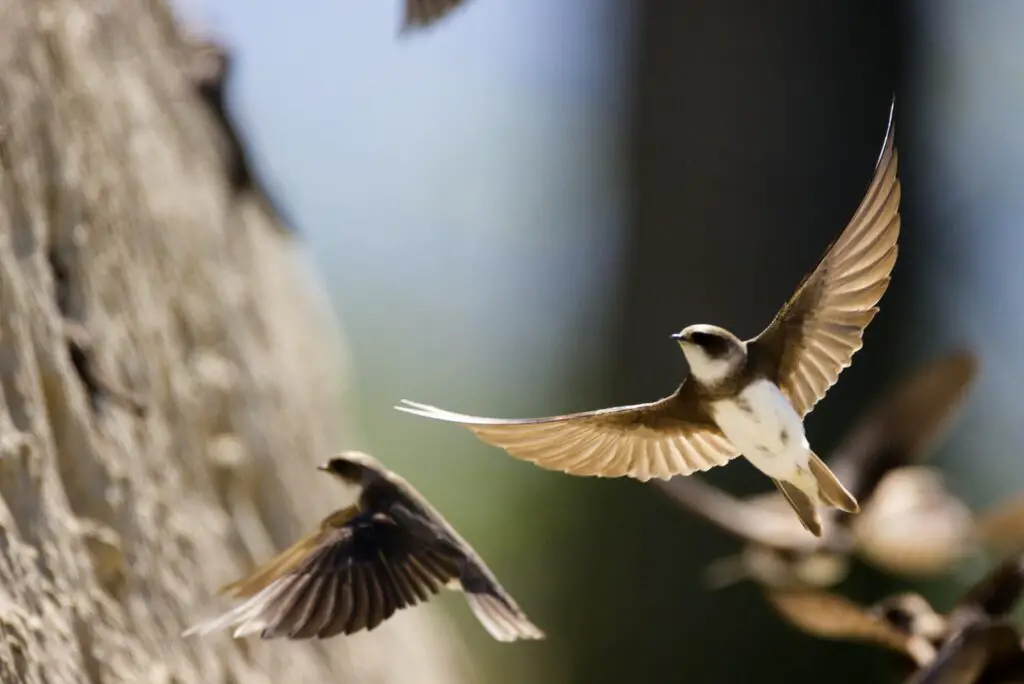
Swallows are skilled builders, crafting sturdy cup-shaped nests from mud mixed with their saliva.
These birds often attach their nests to buildings, bridges, or cliffs, creating homes that can endure wind and rain.
Their technique is reminiscent of early human adobe construction, reflecting a natural mastery of simple yet resilient architecture.
Learn more about swallows at Cornell Lab of Ornithology.
17. Mole Rat
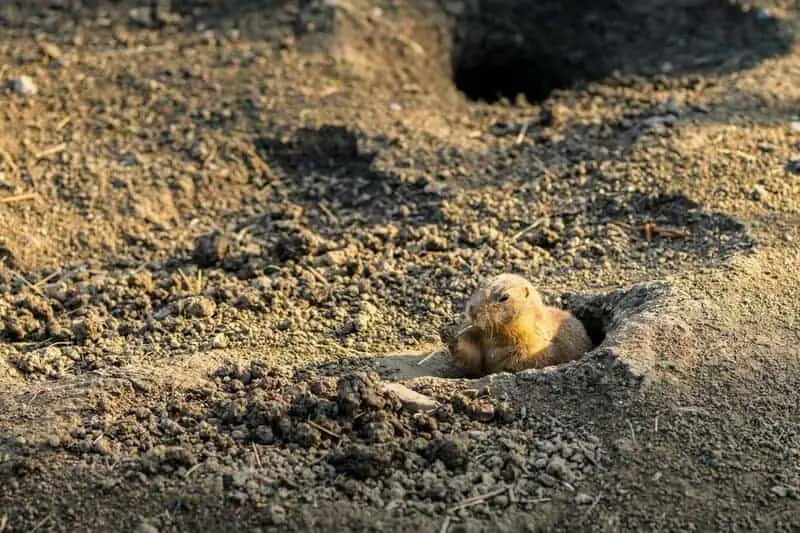
Naked mole rats are extraordinary subterranean engineers, excavating vast tunnel systems beneath the earth.
Within these intricate networks, they create specialized chambers for nesting, storing food, and disposing of waste—each area serving a distinct purpose.
Their colonies operate like highly organized underground cities, showcasing not only advanced architectural planning but also remarkable social cooperation.
Read more about naked mole rats at Live Science.
18. Potter Wasp
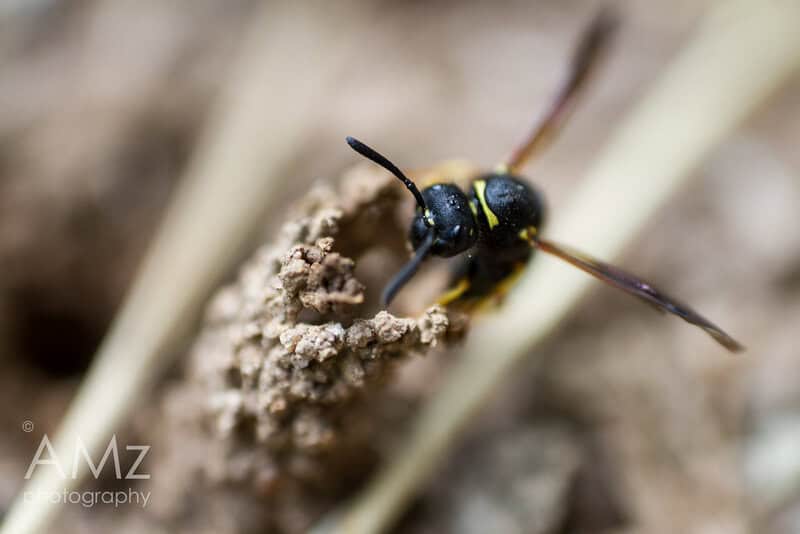
Potter wasps are masterful artisans, constructing tiny, pot-shaped nests from mud for their larvae.
Each nest is a miniature work of art, closely resembling ancient human pottery in both form and craftsmanship.
Their remarkable attention to detail and delicate construction skills set them apart as some of nature’s most creative builders.
Discover more about potter wasps at Texas A&M University.
19. Prairie Dog

Prairie dogs are renowned for their complex burrow systems, which include multiple entrances, specialized chambers, and strategic escape routes.
These underground ‘towns’ can support thousands of individuals, reflecting both remarkable engineering and sophisticated social structures.
The organization and scale of prairie dog colonies are a testament to their communal instincts and natural architectural abilities.
Learn more about prairie dog towns at the National Park Service.
20. Osprey
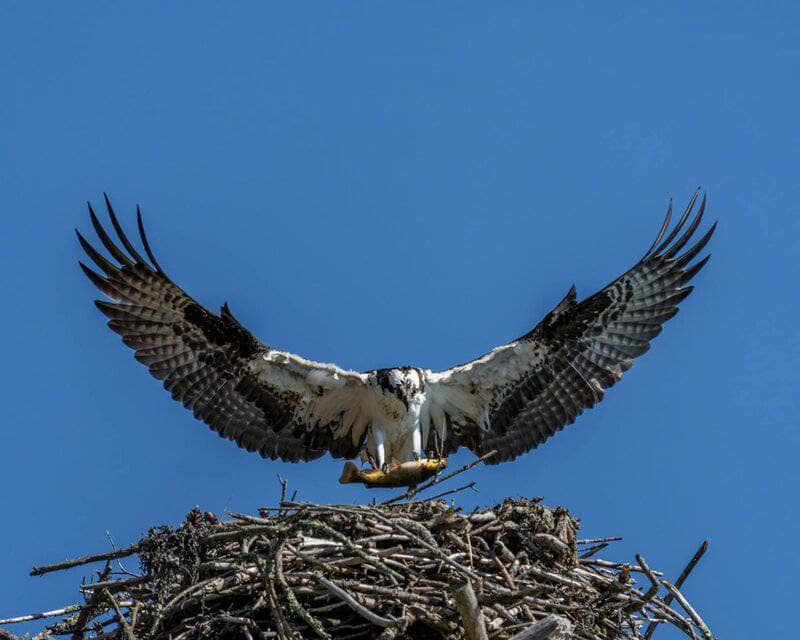
Ospreys are remarkable for their enormous stick nests, built high atop trees, poles, or special platforms.
These raptors often return to the same nest year after year, expanding and reinforcing it until it can reach several meters in diameter.
The nests are expertly constructed to withstand harsh winds and weather, reflecting both durability and intelligent design.
Read more about osprey nesting at The RSPB.
21. Hermit Crab
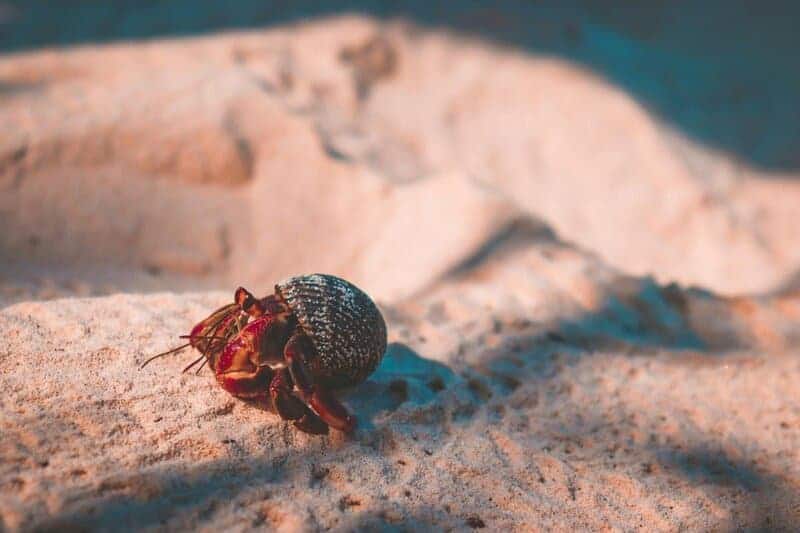
Hermit crabs demonstrate remarkable resourcefulness by selecting and modifying discarded shells to serve as their mobile homes.
They often upgrade to larger or better-fitting shells as they grow, and competition for prime “real estate” can even lead to spirited exchanges or contests.
This adaptive behavior highlights their ingenuity and flexibility in the ever-changing coastal environment.
Learn more about hermit crabs at Smithsonian Ocean.
22. Woodpecker

Woodpeckers are nature’s master carpenters, expertly excavating deep cavities in trees for nesting and roosting.
Their powerful beaks and specially adapted skulls allow them to chisel through tough wood, creating safe and well-insulated homes.
These tree cavities are so well made that they’re often reused by other birds and small animals, further benefiting the ecosystem.
Read more about woodpecker carpentry at Audubon.
23. Spittlebug
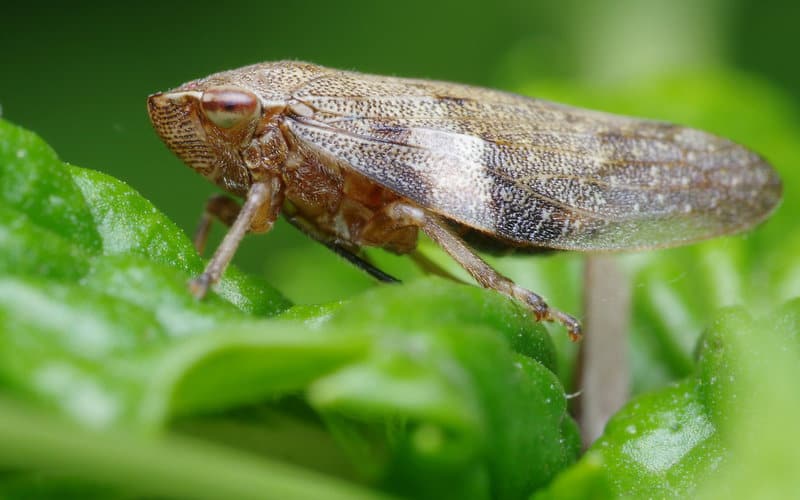
Spittlebug nymphs are inventive shelter builders, producing protective foamy masses on plant stems using their own secretions.
These unique structures serve as both camouflage and a moisture-retaining refuge, shielding the nymphs from predators and environmental stress.
Their clever use of natural materials results in a practical and highly effective form of protection.
Learn more about spittlebugs at University of Wisconsin-Madison.
24. European Badger
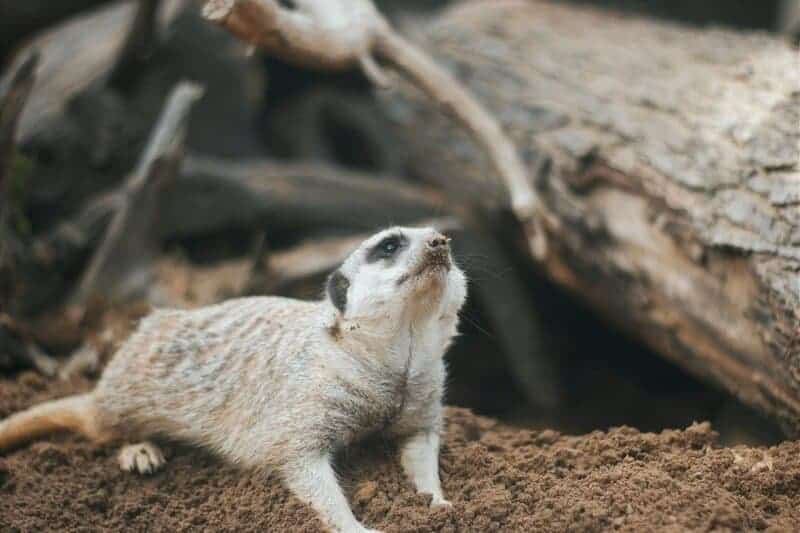
European badgers are skilled diggers, constructing elaborate setts with multiple entrances, winding tunnels, and spacious chambers.
These underground homes are often shared by several generations and can remain in use for centuries, reflecting both impressive engineering and ongoing maintenance.
The complexity and durability of badger setts make them some of the most remarkable mammal-built structures in nature.
Explore the world of badger setts at BBC Wildlife.
25. Red Ovenbird (Furnarius rufus)
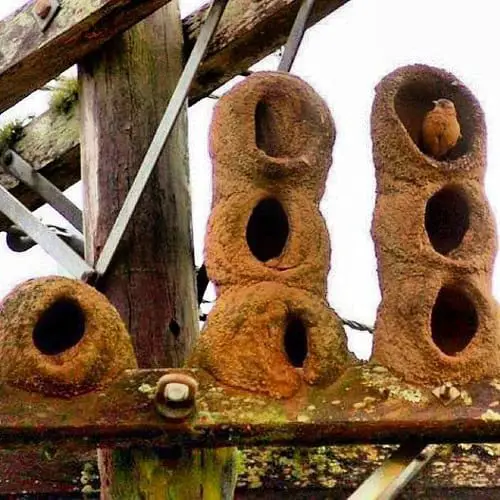
The Red Ovenbird is renowned for constructing domed mud nests that solidify into tough, oven-like shelters.
These remarkable structures demonstrate advanced engineering, offering outstanding protection from the elements and predators alike.
The skill and dedication involved in building these durable homes set the Red Ovenbird apart as a true avian architect.
Learn more about the Red Ovenbird at BirdLife International.
26. Army Ant

Army ants showcase incredible adaptability by forming living nests called ‘bivouacs’ out of their own bodies.
These temporary structures can be rapidly assembled and dismantled as the colony migrates, allowing for remarkable flexibility and protection in ever-changing environments.
Their ability to create functional shelters through coordinated teamwork highlights some of the most impressive collective engineering in the animal kingdom.
Read more about army ants at National Geographic.
27. Harvest Mouse
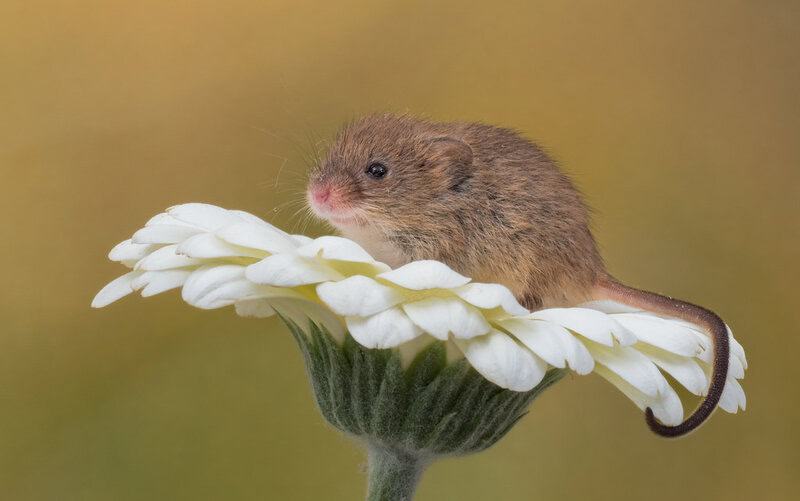
Harvest mice are expert weavers, creating spherical nests delicately suspended among tall grasses.
Their intricate construction not only shelters them from harsh weather but also provides effective protection against predators.
The skill and agility required to build these tiny, secure homes highlight the impressive architectural abilities of this diminutive mammal.
Learn more about harvest mice at The Mammal Society.
28. Gopher

Gophers are accomplished subterranean engineers, constructing extensive tunnel systems that serve multiple purposes—food storage, nesting, and protection from predators.
Their intricate burrows can stretch for hundreds of feet, featuring numerous branches and chambers.
These impressive underground networks rival even the most carefully planned human-engineered tunnels.
Discover more about gophers at University of California Agriculture & Natural Resources.
29. Magpie
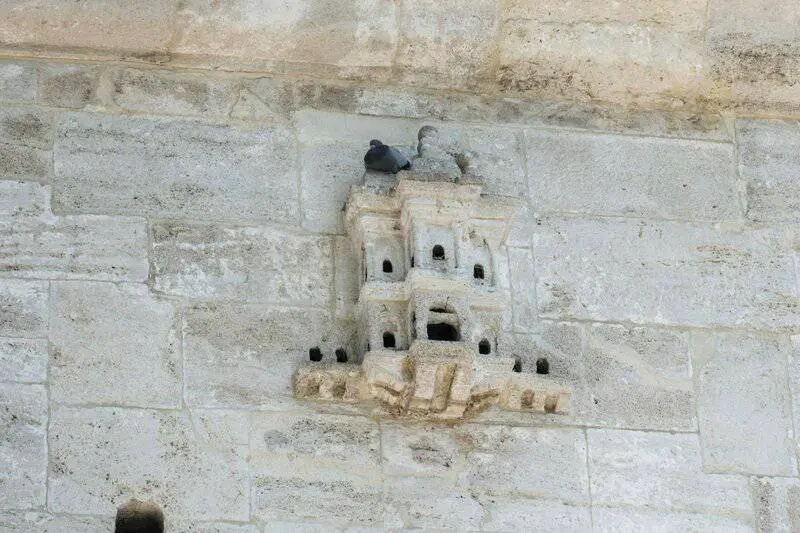
Magpies display notable architectural skill by building large, domed nests with carefully crafted roofed entrances.
Using twigs, mud, and other available materials, they create sturdy homes that offer strong defense against predators and shelter from harsh weather.
The thoughtful design of these nests demonstrates both practical ingenuity and a keen sense of security.
Learn more about magpie nests at the RSPB.
30.

Greater honeyguides are experts in a unique form of architectural hijacking.
Rather than constructing their own nests, they lay their eggs in the nests of other bird species, sometimes manipulating the host’s construction for their own benefit.
This clever strategy allows them to exploit the building efforts of others, showcasing a different kind of ingenuity in the animal world.
Find out more about the greater honeyguide at Cornell Lab of Ornithology.
Conclusion
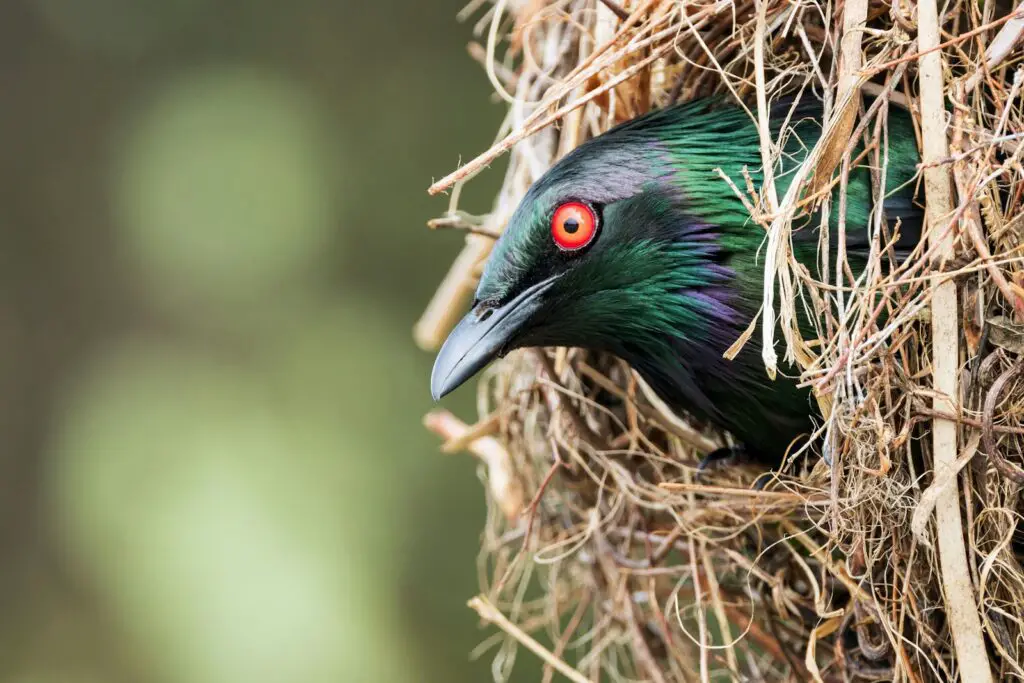
The ingenuity and diversity found in animal construction are nothing short of awe-inspiring.
From towering termite mounds to delicate woven nests and even ingenious hijacking strategies, each species showcases unique solutions shaped by evolution.
Studying these natural architects not only deepens our appreciation for the animal kingdom but also inspires human innovation in fields like architecture and engineering.
Let us continue to marvel at—and learn from—the remarkable builders of the natural world, drawing inspiration for both creativity and sustainability in our own designs.



Vielleicht interessiert es Sie:
Wussten Sie! Minensuchratten auf dem Schlachtfeld und sie sind super effektiv!
Wie viele Giraffenarten gibt es? Leben sie alle in Afrika?
Der Vogel ist das Weibchen der Vögel: wahr oder falsch?
Warum bauen Biber Dämme? Welchen Nutzen?
Warum leben manche Tiere nachtaktiv? Welche Vorteile?
Küssen Tiere? Ist das die gleiche Bedeutung wie Menschen?
200+ Hilarious Seahorse Jokes That Will Make You Smile and Giggle
200+ Funny Investment Jokes to Boost Your Financial Humor Game